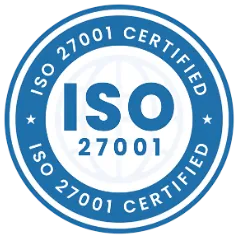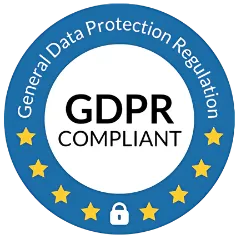Barcode or QR code belongs to the same family. Barcode consist of black and white stripes and QR code consist square that encodes certain information which can be read by a scanner.
Barcode is a (1D) code which contains a single piece of information on the other hand QR code is a (2D) code which can store multiple information.
What is the Barcode and QR code in Asset Tracking?
There is a simple example to explain the difference between the QR code and Barcode.
For Example, suppose an asset is lost and one person found the asset, in this case, the QR code can be designed in such a manner that -
- If a person scans the QR code he will get the information about your company and the address for the asset return,
- But If an employee scans the same QR code then, he will be able to perform work-related functions - like the asset is in or out, fetch the information about the asset and the customer's screen will have the information related to the customer only.
This is how a single QR code can store different information for different users.
What is RFID?
RFID stands for Radio-frequency identification. RFID is a small electronic device that consists of a small chip and an antenna. The chip typically carries about 2,000 bytes of data or less.
RFID serves the same purpose as a bar code or a magnetic strip which is at the back of a credit card or ATM card; it provides a unique identifier for that object. RFID works just like a bar code or magnetic strip. RFID device should be scanned to retrieve the identifying information.
RFID tags have an excellent potential on the warehousing and asset tracking side, because they can rely information over a longer distance (up to 100 meters in some cases), making it possible to know exactly how much of something you have in real-time and reducing the risk of miscounted inventory, which makes RFID asset tracking system the best tracking system for retailers and wholesalers.
Both technologies are different from each other and have their own set of advantages and disadvantages. Each technology has its own use cases and is running successfully in the industries.
QR Code vs Barcode vs RFID

1. Barcode is 1 Dimensional QR Code is 2 Dimensional & RFID can be thought of as 3 Dimensional.
2. Barcode and QR Code are cost-effective compared to RFID.
3. Barcode has a technology of laser scanner, QR Code comes with optical scanner & RFID is equipped with radio wave to transfer data.
4. Barcode has a limited scanning range, QR Code has a higher scanning range compared to the barcode, RFID scanner can scan an item from a high range.
5. Barcode & QR Code can scan only 1 item at a time whereas RFID can scan multiple items at once.
What Asset Infinity Offers?
Asset Infinity uses the Barcode/QR code for the asset tagging. Asset Infinity also comes with the inventory management system module which can be used to manage all your inventory-related items. Inventory items can be anything from spare parts of the assets to daily consumable items. With Asset Infinity you can track all the items hassle-free.
Also Read: What Is the Importance of Unique Asset Code in Asset Tracking?
Following are some key features offered by Asset Infinity in Asset Tracking
- You can create and design multiple Barcode/QR sticker templates as per the requirement.
- You can generate Barcode/QR code for tagging your assets right from the application itself. You can also select single or multiple assets at a time to generate Barcode/QR code for the assets.
- It helps in fetching the asset details by scanning the Barcode/QR code with the Asset Infinity mobile application.
- Check-in/Check-out the process of the asset through scanning of Barcode/QR code can be streamlined with ease.
- You can also export movement history and summary reports on the transactions done on assets into Excel.
Key features offered by Asset Infinity in the inventory module
- It is capable of linking items with the asset or asset category for reference.
- It also defines re-order levels or minimum stock levels of items at different locations to raise alerts if an item goes below the defined quantity.
- Simple inventory management with 3 functions - add, move, and draw can assist in simplifying daily processes.
- It can also mention rate and quantity when adding, moving, or drawing items at a location.
- One can also attach files or include remarks and custom information while performing inventory transactions.
- One can also define its own purposes of adding, moving, or drawing inventory like purchase, transfer, consume, or issue.
- One can also view all transactions done and filter out based on the type of transaction, item, locations, dates, or users.
- Export of all the data into excel at any time is possible.
- Stock available at all locations at any time is readily viewable.
- Lots of reports like the cost of inventory added stock reports and more can also be traced.
EndNote:
Both the technologies Barcode/QR Codes and RFID for Asset Tracking have their own advantages and disadvantages right from the asset labels to information storing capacity to their range of the scan.
The thing what matters is, which of one of the two suits your organization's working and environment.
Asset Infinity provides more features such as Auditing of your assets & Physical asset verification, Maintenance management, Utility Monitoring, and report on the equipment you can use from anywhere, at any time. Asset Infinity offers a free 14-day trial - no credit card required!
Missed To Read: Barcode vs QR Code vs RFID vs NFC vs BLE vs GPS: Which One Is Better?
Frequently Asked Questions (FAQs)
1. What Are the Advantages of Barcode?
The advantages of the barcode are that it is cost-effective compared to all asset tracking technologies. It is accurate and one of the most popular technologies it is mostly used in inventory tracking. Barcode is one of the well-known technologies in terms of asset tracking.
2. What Are the Benefits & Drawbacks of the QR Code?
The benefits of QR Code are it is popular technology, and it can be used via smartphones so you can work through mobile & save expenses of purchasing scanner. It is fast scanning technology as well. If QR Code is tempered, then still it will be scannable. It can store information as well.
The disadvantages of the QR Code are that it can only scan one item at a time which makes it labor-intensive and impacts work process speed. Moreover, it does not provide real-time information.
3. What Are the Distinct Types of RFID Tags?
There are two types of RFID tags: the first is an active RFID tag and the second is a passive RFID tag. Active RFID tag uses battery whereas passive has no internal power source. Passive RFID tags are cost-effective compared to active but passive tags have a small range as well.

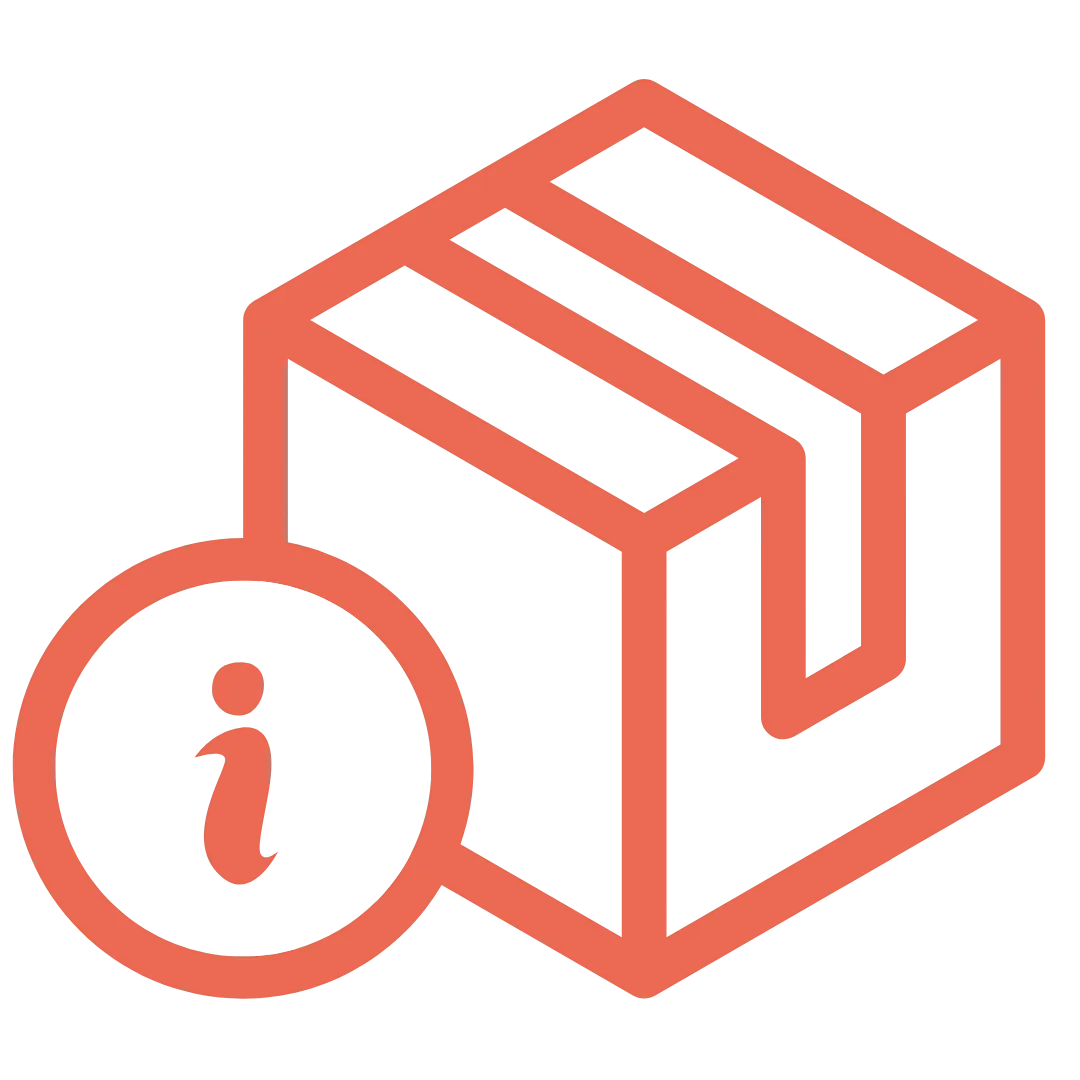
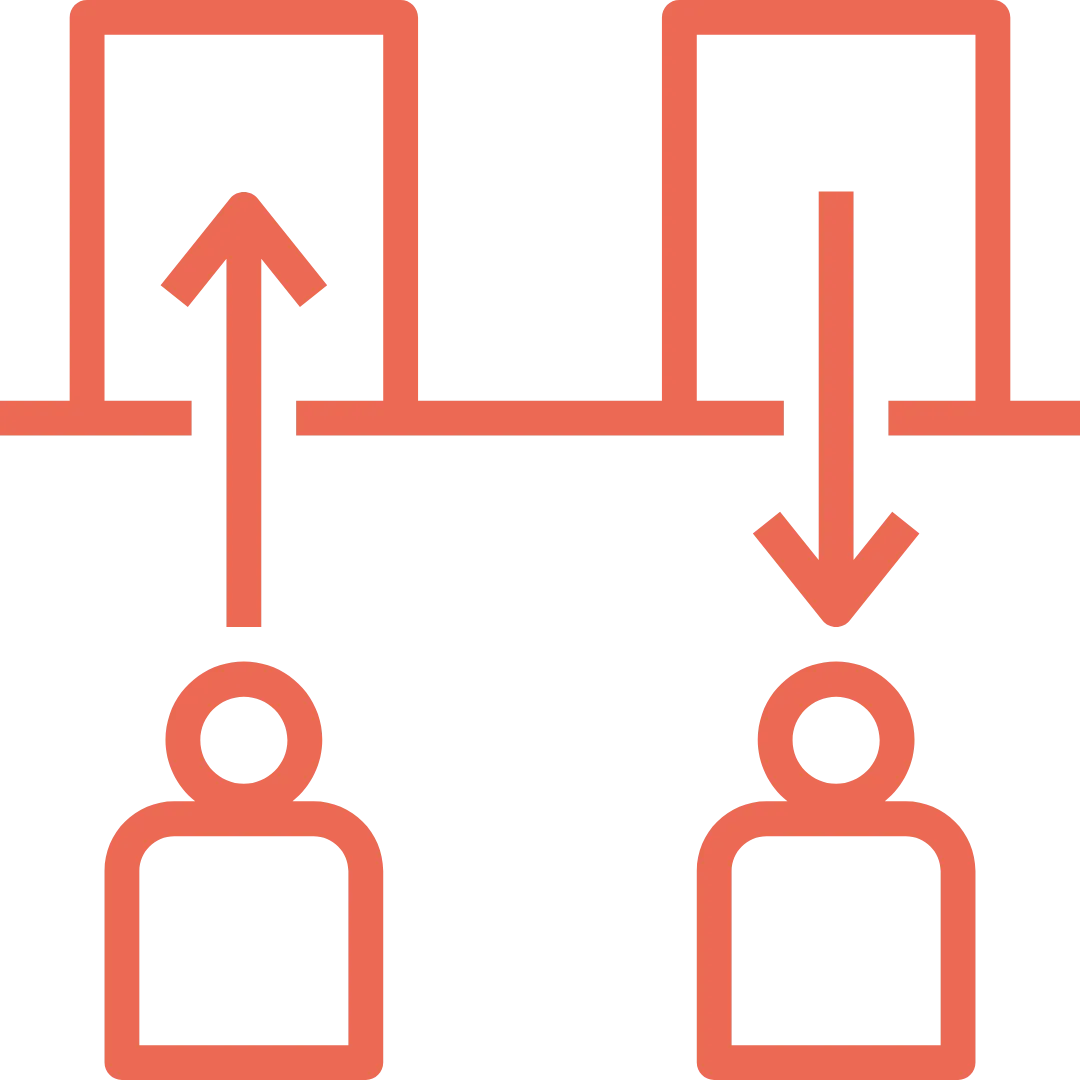
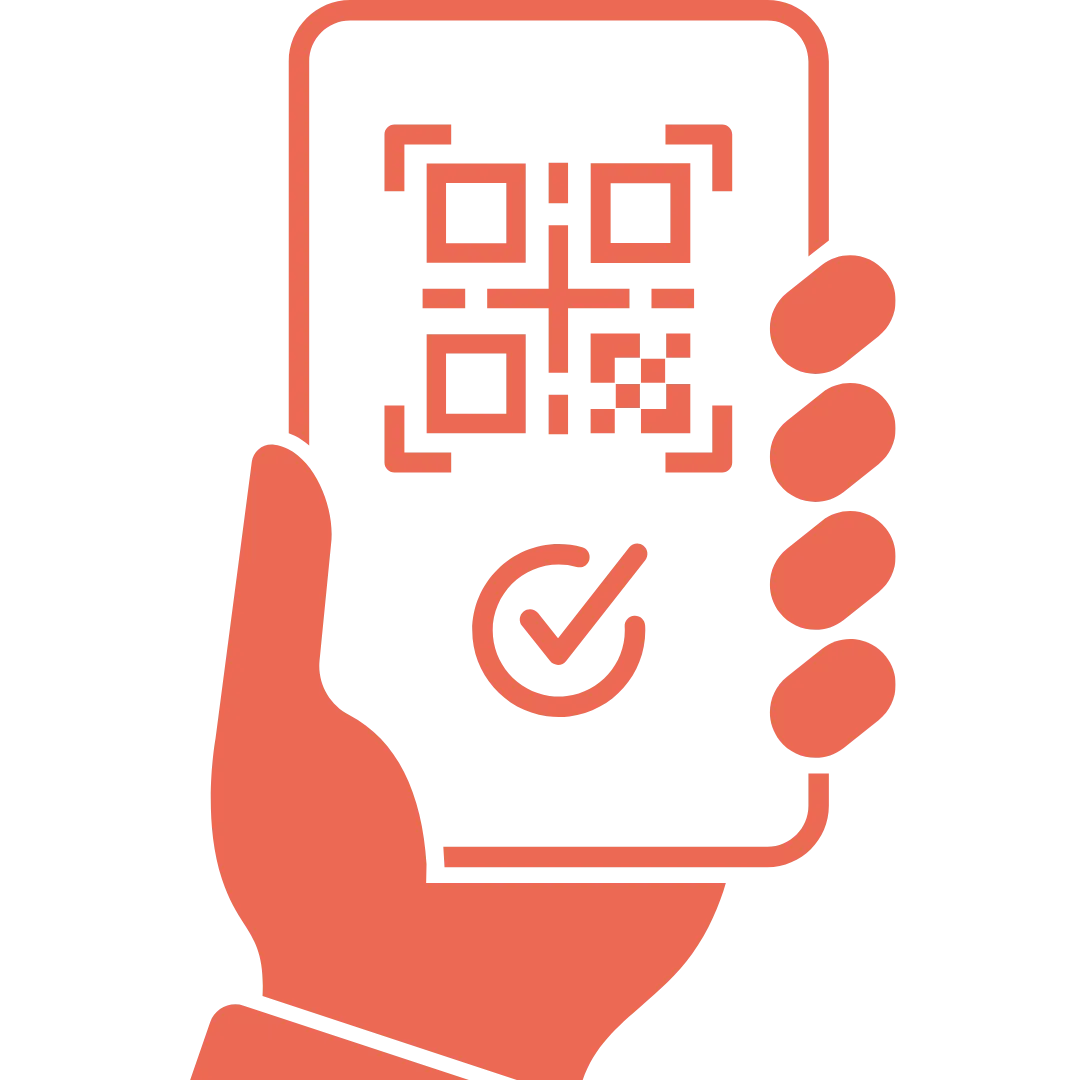





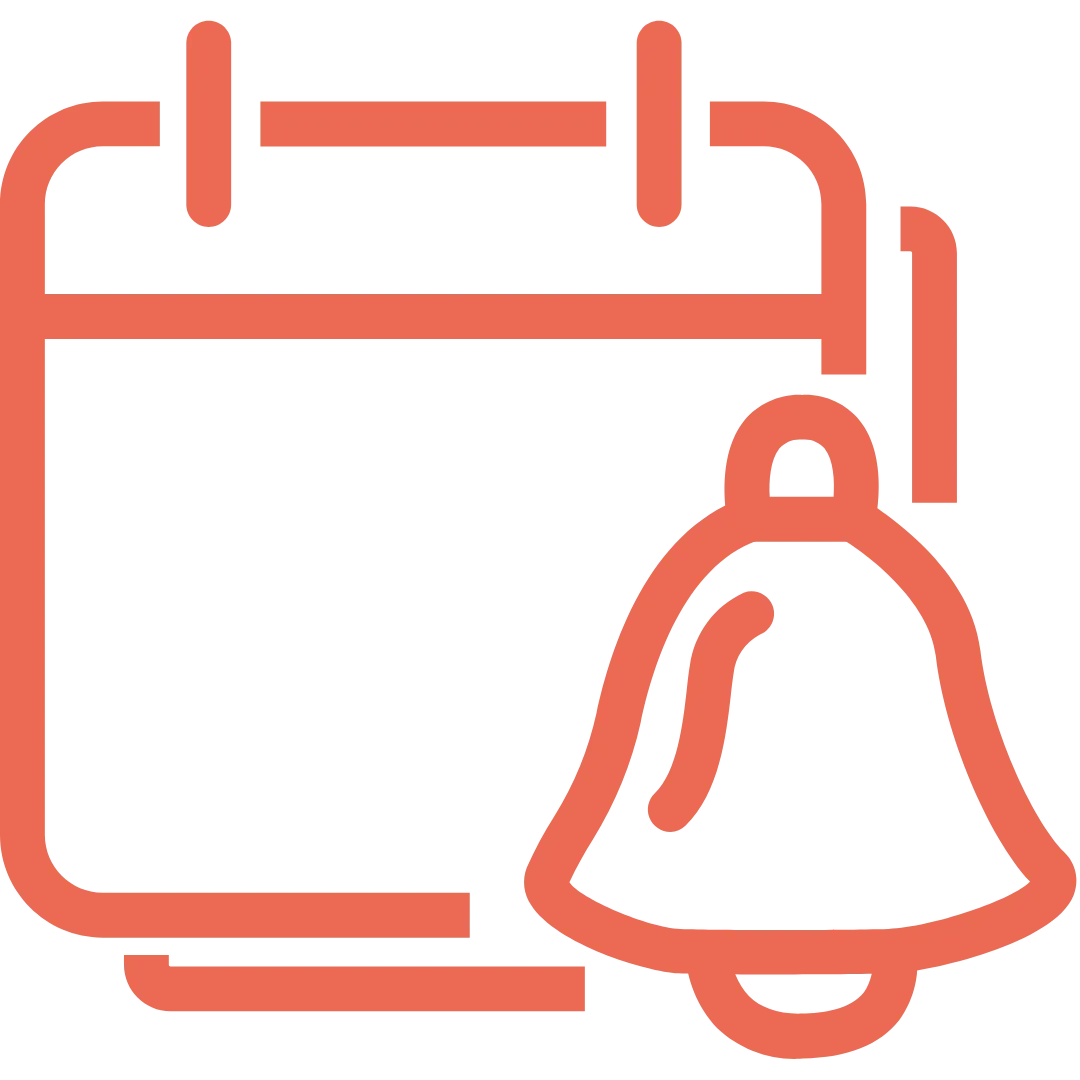

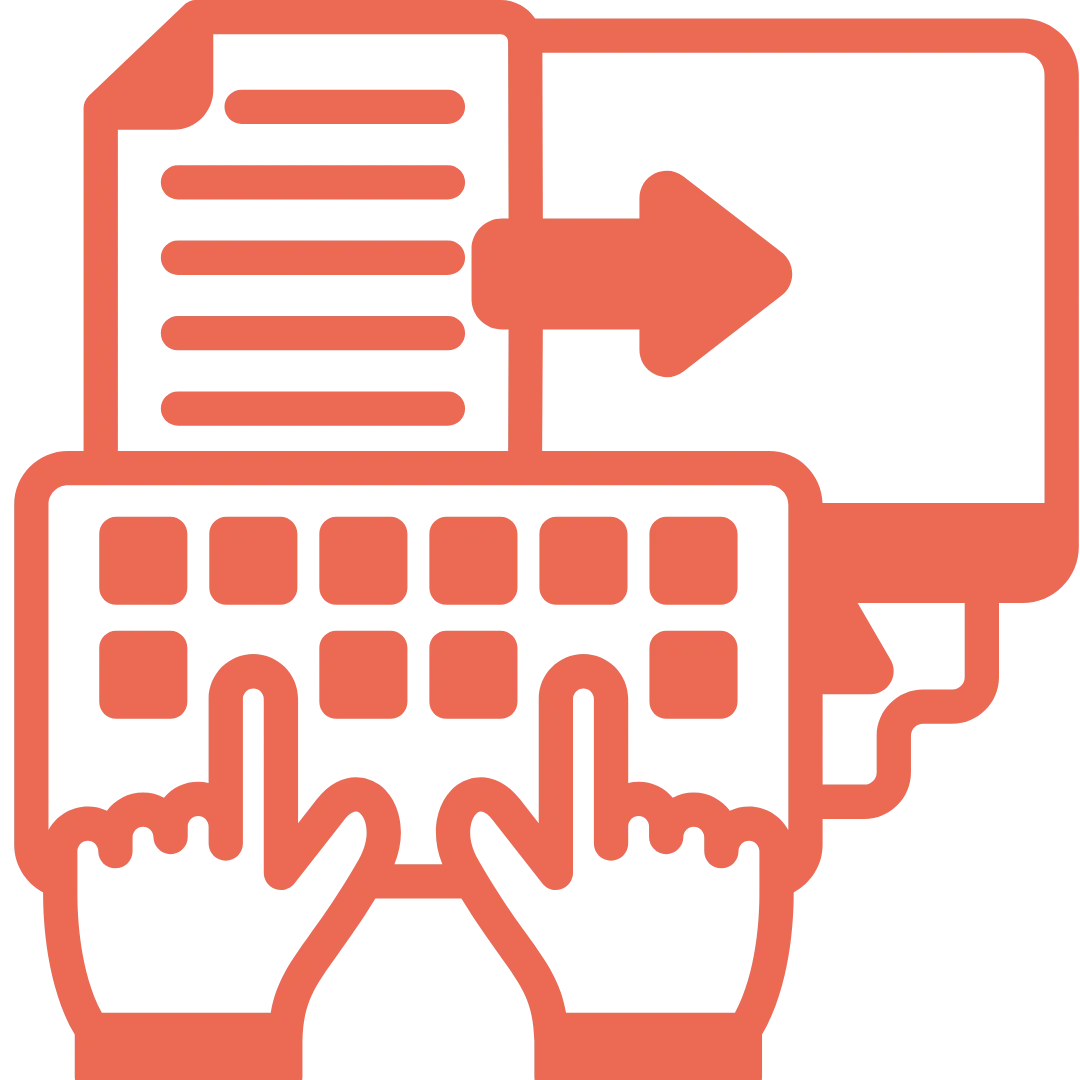
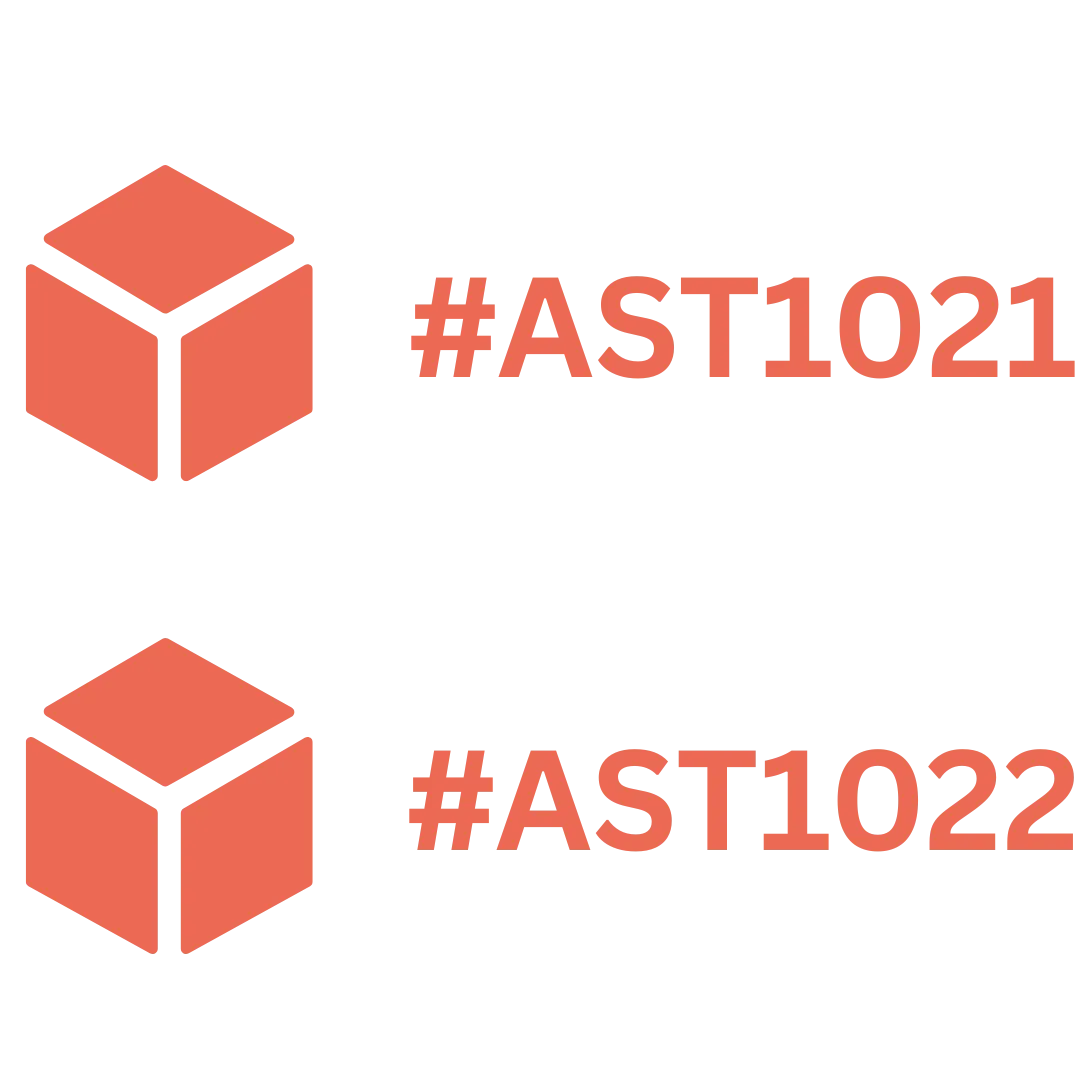


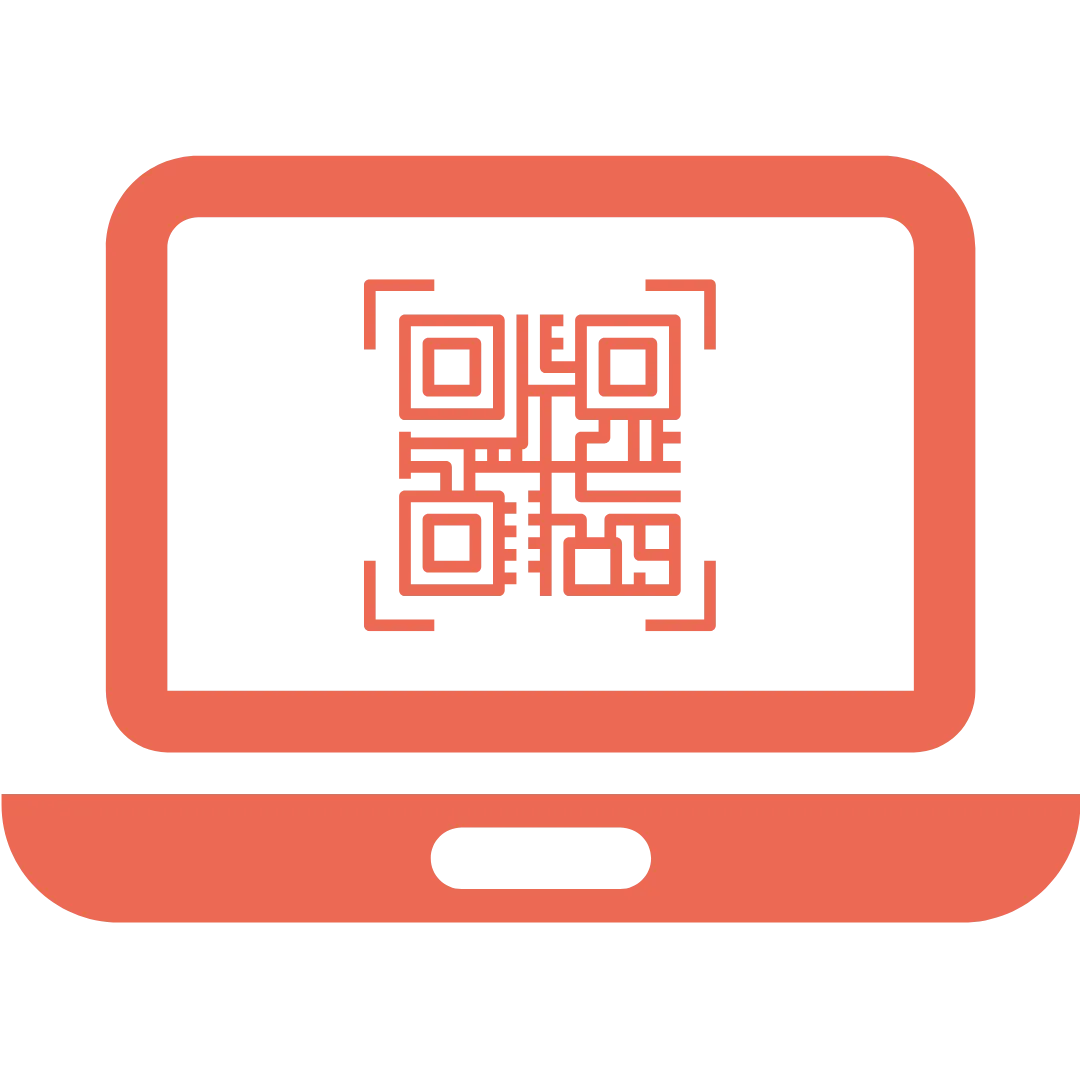


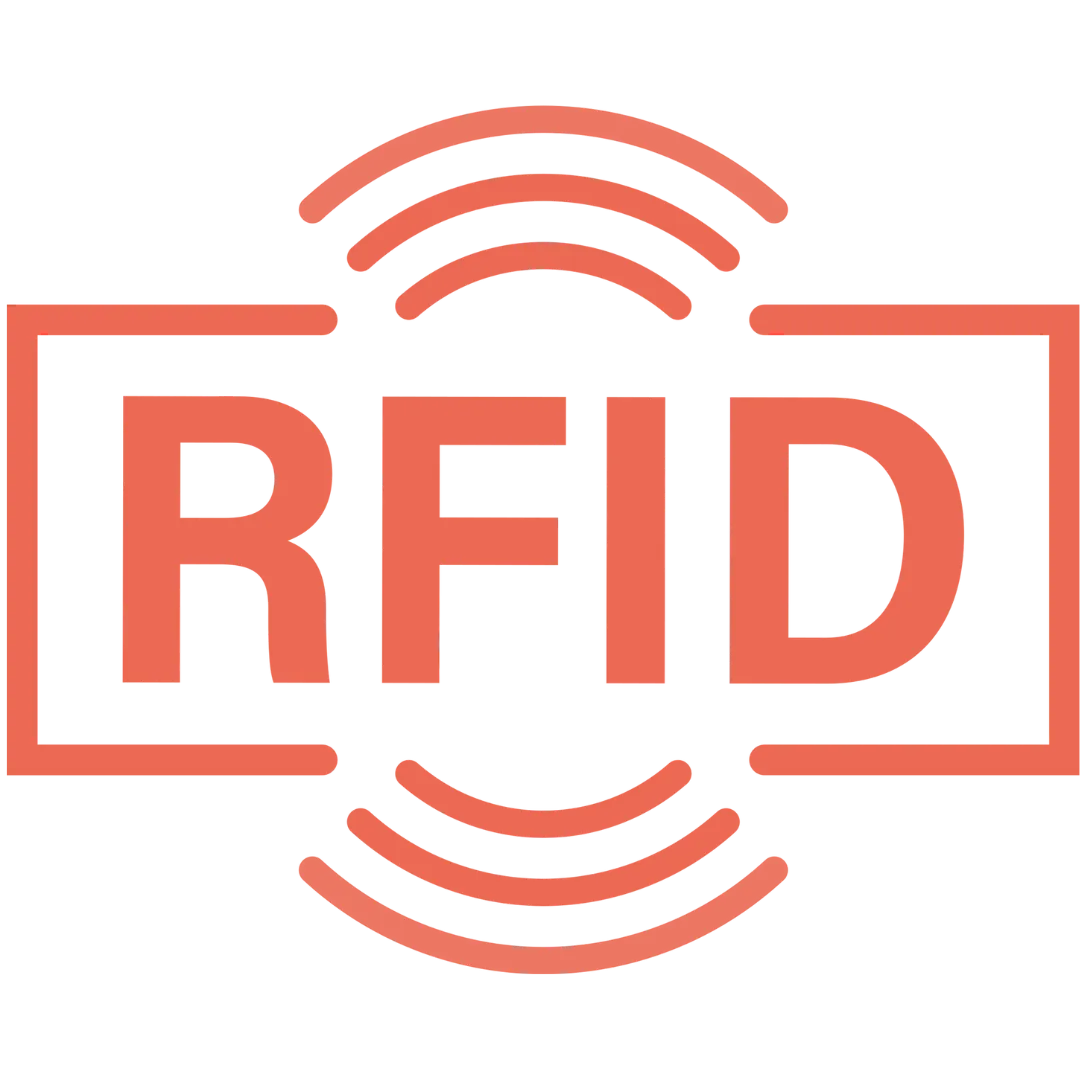

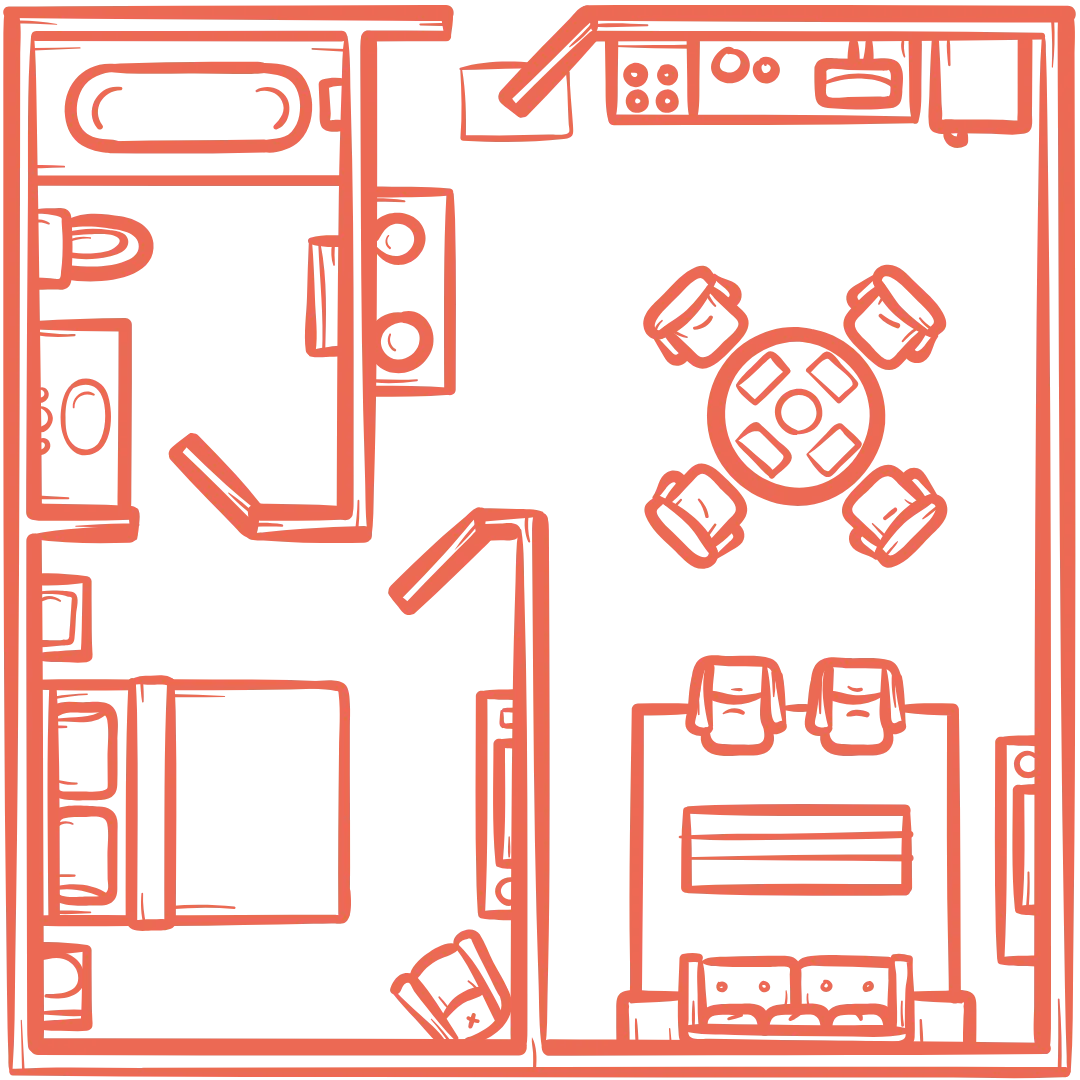




























.webp)
.webp)
.webp)
.webp)
.webp)
.webp)
.webp)
.webp)
.webp)

.svg)




.webp)
.webp)






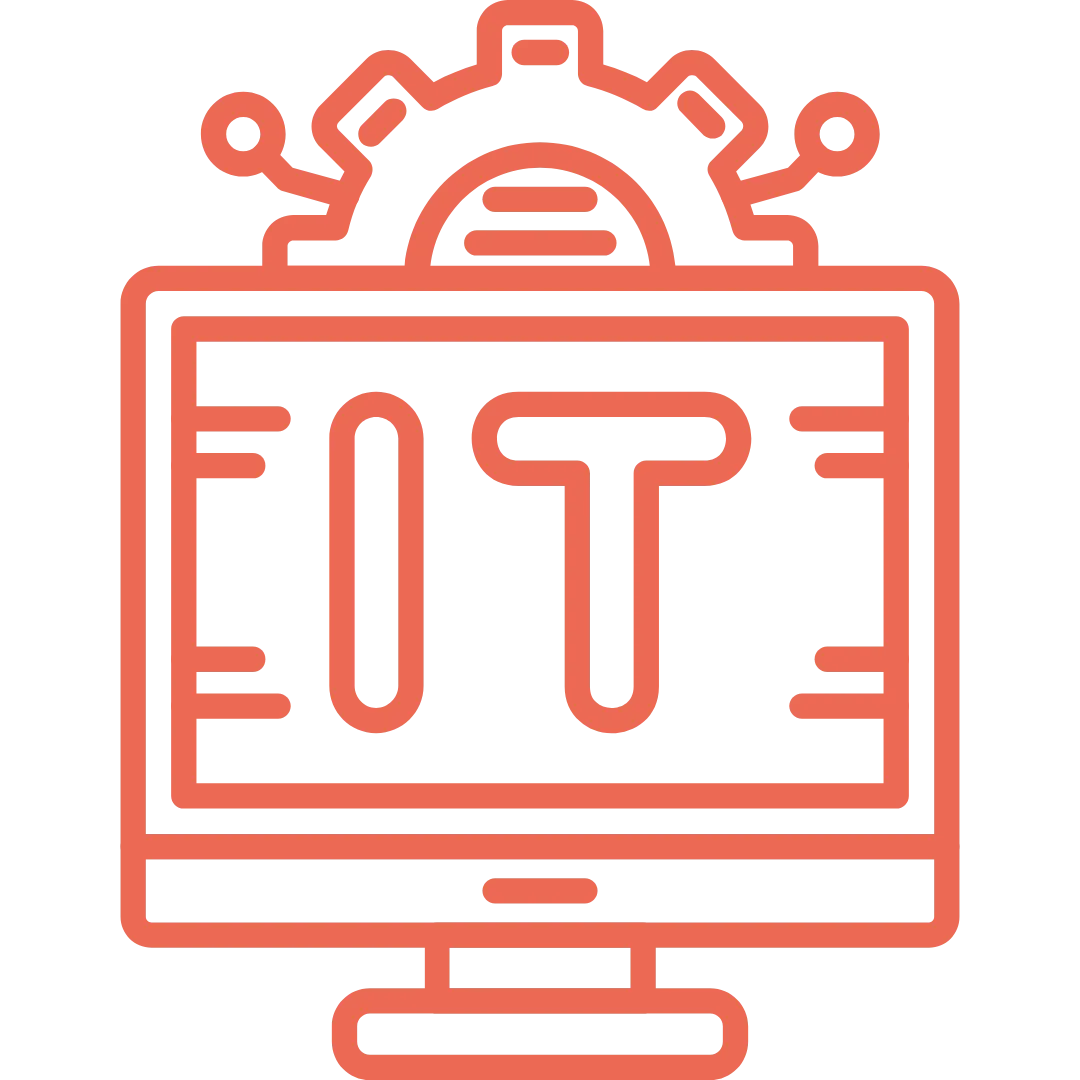








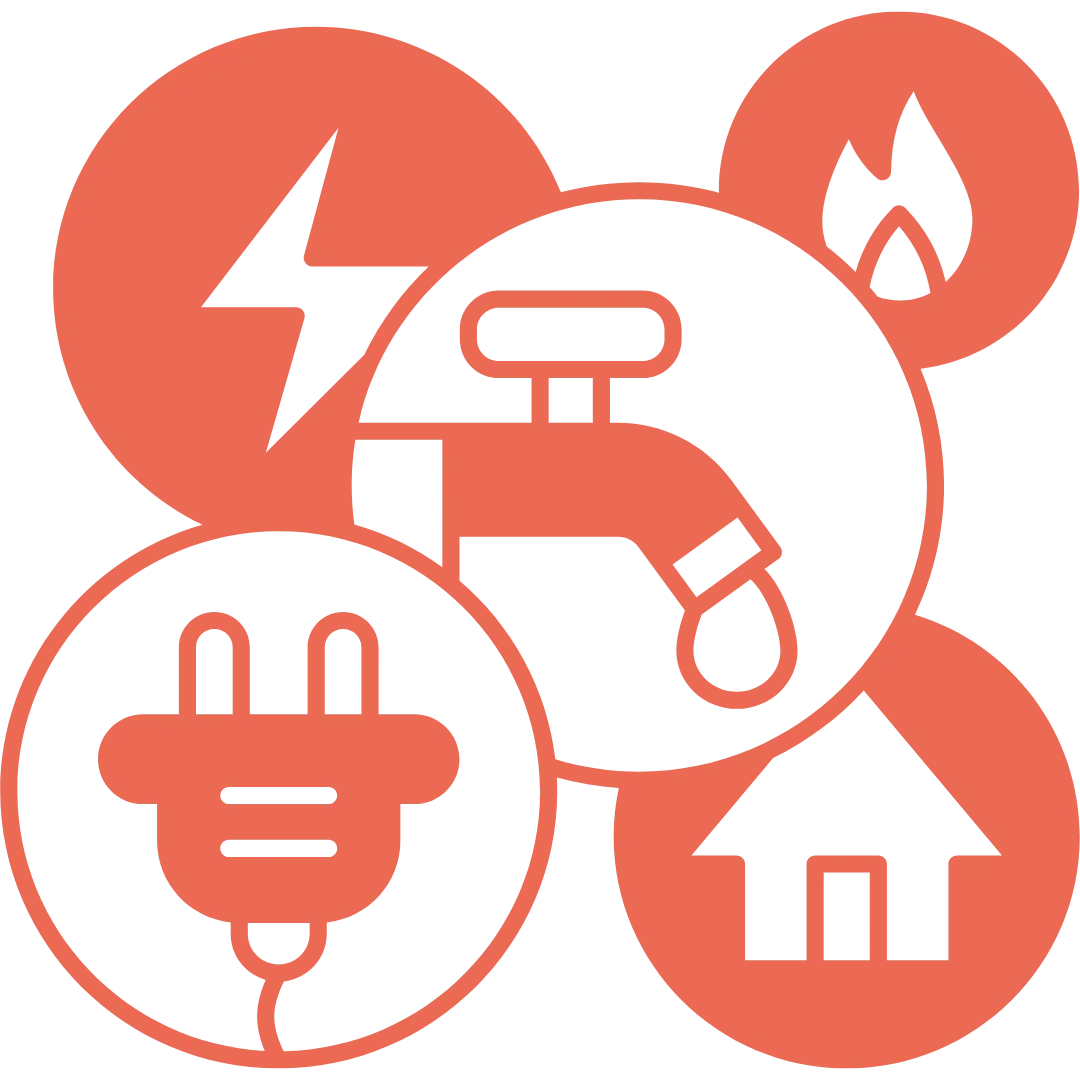



























.png)

.webp)


















